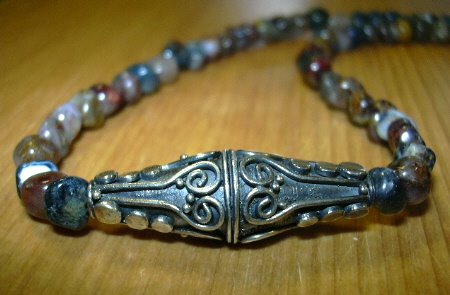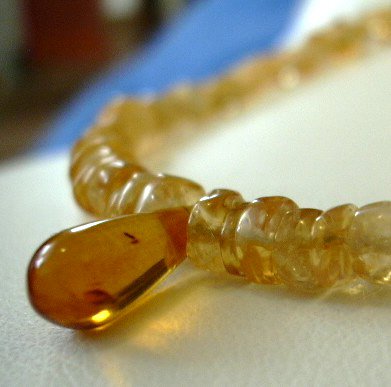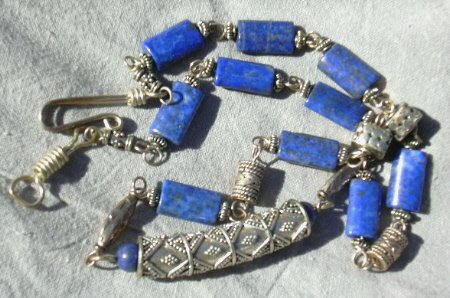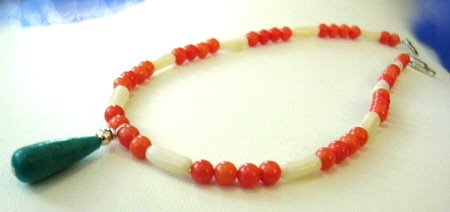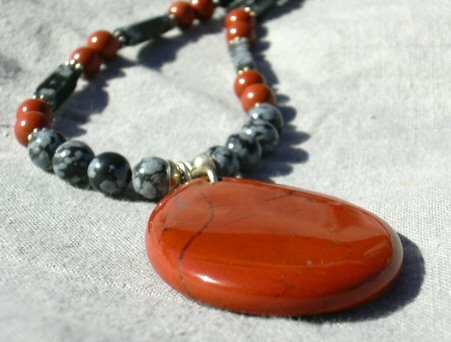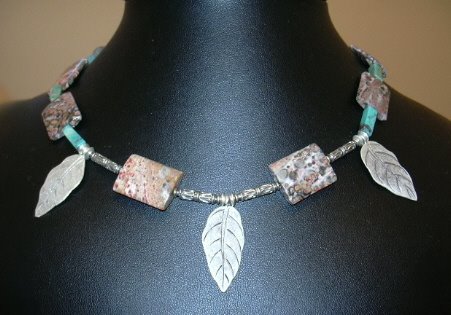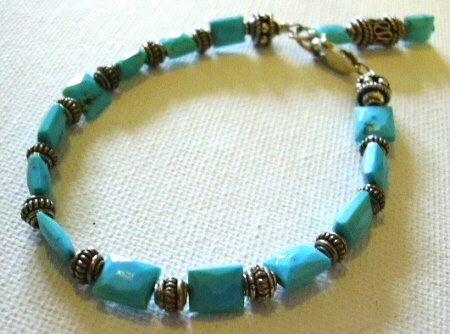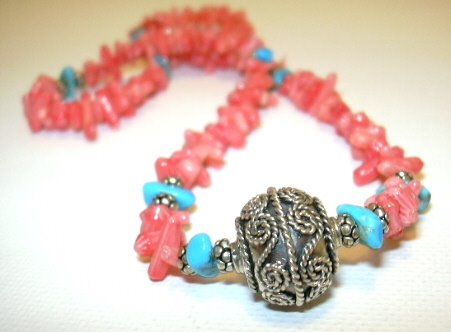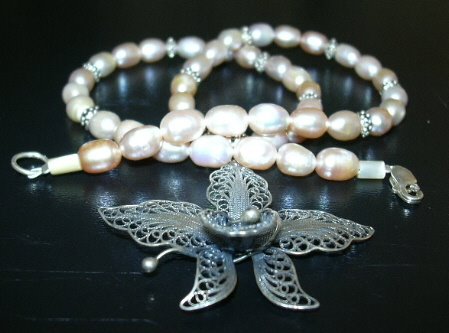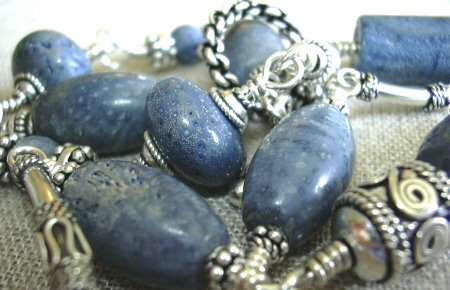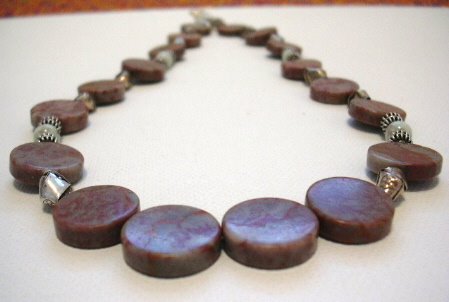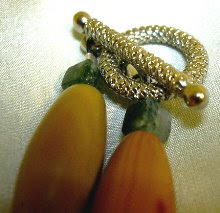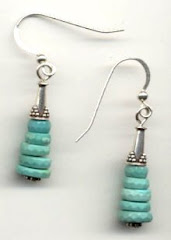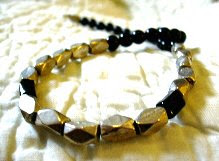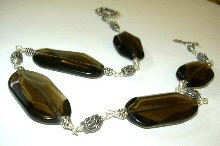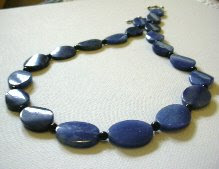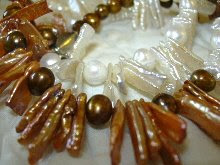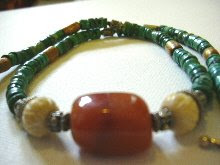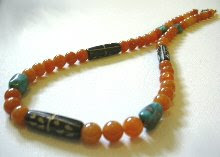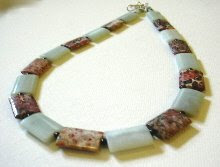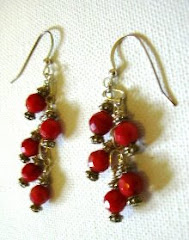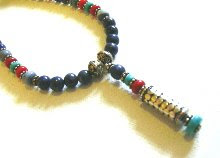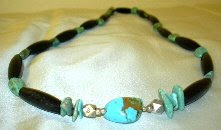Knowing what tools you really need to get started with wire wrapping is critical. With the wrong ones, a beginner can get discouraged. You don't need very much. But your tools and materials could make or break your experience with the craft.
My suggestions includes the basic pliers you'll need, as well as my personal favorite types and brands. You'll learn what you can't do without and what you most definitely can do without (namely, a crimp tool for crimping beads - in my experience, they're next to useless).
I might earn commission on some items bought through these links. All my opinions are frank and honest.
Lindstrom Flush Cutters
A set of quality flush cutters is super important in making jewelry, when rough edges make or break a piece - and no, it's not time effective to always file down the edges every cut. Lindstrom makes the best cutters for jewelry makers I know. I have one of their flush cutters and highly recommend Lindstrom/Ergo flush cutters to beginners, plus intermediates and advanced wire wrappers.
Round Nose Pliers
Quality round nose pliers are essential for gaining control of the wire as you loop it and making loops small enough to work with - the cheap round nose pliers are much larger and don't do the job remotely as well, and might even discourage you from continuing on with wire wrapping.
Flat Nose Pliers
Either a flat nose plier or chain nose plier is essential for making perfect loops, since its slim profile allows you to make clean bends. I also use it to flatten crimp beads. Because that's all it does, I don't think you need the top-of-the-line plier when you start out. Just a cheap flat nose plier
should work, though expect to replace them over time if you use them for flattening crimps, as this requires some heavy-duty squeezing and strain on the tool. (And please don't waste your money on even a cheap crimping tool. I did, and I don't recommend them at all, nor does the customer who sent back a bracelet because it wasn't securely crimped. It is worse than throwing money away.)
Bent Nose Pliers
These clever pliers are the "secret" to getting into fine corners and achieving easy wire bends and manipulation at odd angles. Many jewelers use chain nose pliers - I don't - I just use my trusty bent nose plier and flat nose pliers. But definitely go for quality so as not to mar your wire.
Chain Nose Pliers
Most jewelery makers would tell you you're insane if you don't have a good pair of chain nose pliers
. They assist both in fine control work and in making perfect loops. As I said, I don't have one. I'm addicted to my trusty bent-nose pliers and flat nose, above. But if your budget isn't super-tight, you'd probably find it useful.
22 Gauge Half Hard Silver Jewelry Wire
I normally recommend 20 gauge sterling silver jewelry wire
as the standard, but the cost of silver is going up, and for most purposes 22 gauge, a thickness slightly finer than 20 gauge, will do the job. (The exception is ear wires, which really are sturdier with 20 gauge wire, although some people do use 22 gauge.)
While you're still mastering the basic techniques, you probably want to get 20 gauge copper wire to start out and learn with, then graduate to 22 or 20 gauge sterling silver when you've practiced a bit. Be warned, though - it's harder to learn to manipulate the softer copper wire than the half-hard sterling silver wire. But if you can master it with copper wire, sterling silver will seem much easier.
To understand the basics of jewelry wire gauges, see Sterling Silver Jewelry Wire for Crafters.
Books on Wire Wrapping
Wire Wrapping: The Basics and Beyond
Bead Storage Containers
There are many other supplies and tools that make life easier, but for those starting out, these are enough to start with so that you should know whether or not you want to go on and invest more money and time in your enterprise.
Note: The blog owner may be compensated for the content of this article when you click on links. See the full disclosure statement regarding compensation in compliance with FTC guidelines.

